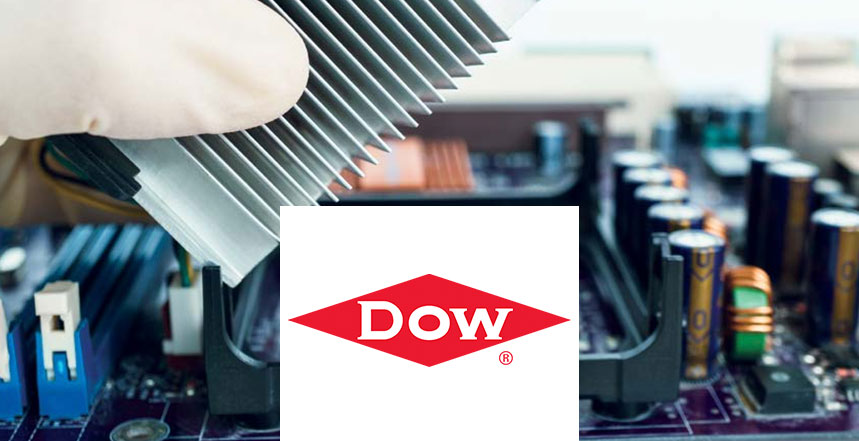When it comes to heat conductive materials, there are a variety of options available on the market today. One unique type of material that is currently being used in a range of industries is thermally conductive gel that cures through heat. This blog will explore the characteristics of thermally conductive gel materials and the benefits of using these materials in various industries.

Characteristics of Thermally Conductive Gel
Thermally conductive gel is a type of adhesive or sealant that allows for the efficient transfer of heat while bonding two objects together. This gel is usually composed of a silicone or epoxy base that is mixed with conductive fillers (such as metal oxide or graphite) to create a high-heat transfer surface.
One of the key characteristics of thermally conductive gel is its consistency. The gel is thick and viscous, which provides better coverage and allows for easier application. This also means that it can be used to fill gaps or spaces between two objects, ensuring a secure bond.
Another important characteristic of thermally conductive gel is its ability to withstand high temperatures. These gels are designed to cure at high temperatures, often reaching up to 150°C or more. This ensures that they are able to withstand extreme heat conditions without breaking down or losing their adhesive properties.
Cure Type – Heat Cured
Thermally conductive gel materials cure through a heat-cured process. This means that the adhesive is applied to one surface, then the two surfaces are put together and heated to a specific temperature, causing the adhesive to cure and create a bond that is not only strong but also highly conductive.
Benefits of Thermally Conductive Gel Materials
There are a number of benefits to using thermally conductive gel materials in various industries.
Firstly, these materials offer excellent thermal conductivity. Where traditional adhesives may actually insulate the surfaces they bond, thermally conductive gel ensures efficient heat transfer between surfaces. This makes it ideal for use in the electronic industry, where we see more and more advancements in rapid technology developments which generate a large amount of heat.
Secondly, thermally conductive gel has great gap-filling capabilities. Due to the viscous nature of the gel, it is able to fill in any gaps or spaces between surfaces, thus creating a more uniform heat transfer surface. This makes it perfect for use in the aerospace and aviation industry, where small space and inaccessible spaces need to be filled.
Thirdly, these materials offer excellent dielectric properties, making them ideal for use in the electronics industry. Due to their low electrical conductivity, they can be used to help prevent electrical shorts or electromagnetic interference within electronic products or components.
Summary
Overall, thermally conductive gel materials are a highly specialized option for industries requiring superior heat management and bonding properties. Their unique characteristics make them ideal for use in industries such as electronics, aerospace, automotive, and more. If you’re looking for a reliable solution for heat management and bonding, thermally conductive gel materials may be the solution you need.
So, if you require thermal management and an efficient adhesive solution, then thermally conductive gel materials might just be perfect for your needs. Get in touch with a reliable adhesive and sealant distributor today to find out more about the thermally conductive gel product range they offer.